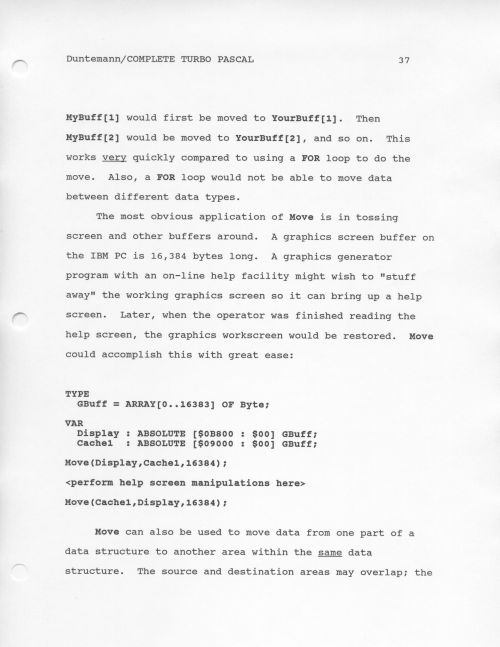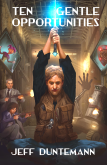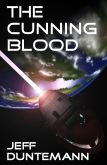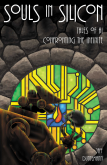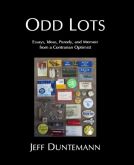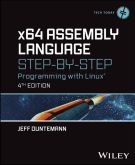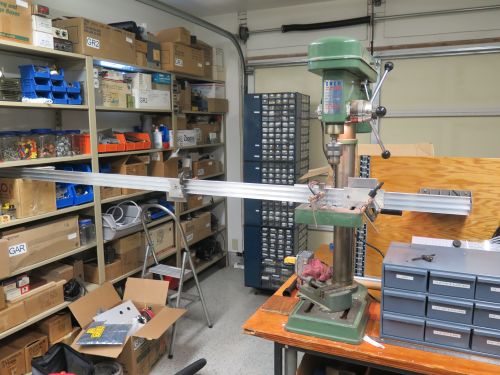
There’s been an unexpected irruption of normalcy here, while we sail upon the whine-dark seas of modern American life. (I’ve been wanting to use the word “irruption” here, correctly, for some time.) What this means is that I’ve been able to do some of what I want to do, and not merely what my do-it list tells me I have to do. It won’t last, but while it does I’m going to make the most of it.
A number of people have suggested that I write a few short novels to get the size of my list up a little. I wrote Drumlin Circus (53,000 words) in only six weeks, after all. But as I recall, those were very full weeks. So a month or so ago I got an idea for a new short novel, and I’m glad to say I now have 6,300 words down on it; figure 12% or so. It’s whimsical, and whether or not it’s fantasy depends heavily on whether you believe that the collective unconscious is real or not. I’d like to bring it in at between 50,000 and 60,000 words, so don’t expect all-new built-from-scratch universes a la The Cunning Blood. However, I do promise a trademark Jeff Duntemann mayhem-filled action climax.
And a dream repairman. I mean that: A guy who drops into your nightmares and hands you your pants while he gives you directions to calculus class. People who have nightmares love him. The nightmares, well, not so much.
My old writer friend Jim Strickland and I are going to attempt something interesting to keep our productivity up: a chapter challenge. Starting February 1, we’re going to dare each other to get a certain amount of story down in a week, and then exchange that’s week’s worth of story for some quick critique. He’s working on the sequel to Brass & Steel: Inferno and needs a gentle noodge. I need one too, though sometimes what I really need is a two-boot noodge right in the glutes. Neither of us has ever done anything quite like this before. I’ll post reports here as things happen.
Even the do-it list has yielded some things that are actually fun, including a bit of metalwork to make an aluminum grating for my particle board shelves to rest on out in the pool shed (against the several times a year when a hard rain gets under the door and soaks the floor) and mounting some Elfa hardware on the opposite shed wall.
Drilling three 8′ pieces of U-channel for the grate took a little finesse in my slightly cramped workshop. The drill press is where it is (close to the center of the space) for a reason. (See the photo at the top of this entry.) The next major project (as time allows) is getting a solid ground for my station and antennas. I have an 8′ ground rod. I need some bentonite, and a post hole digger. After that, le RF deluge…
